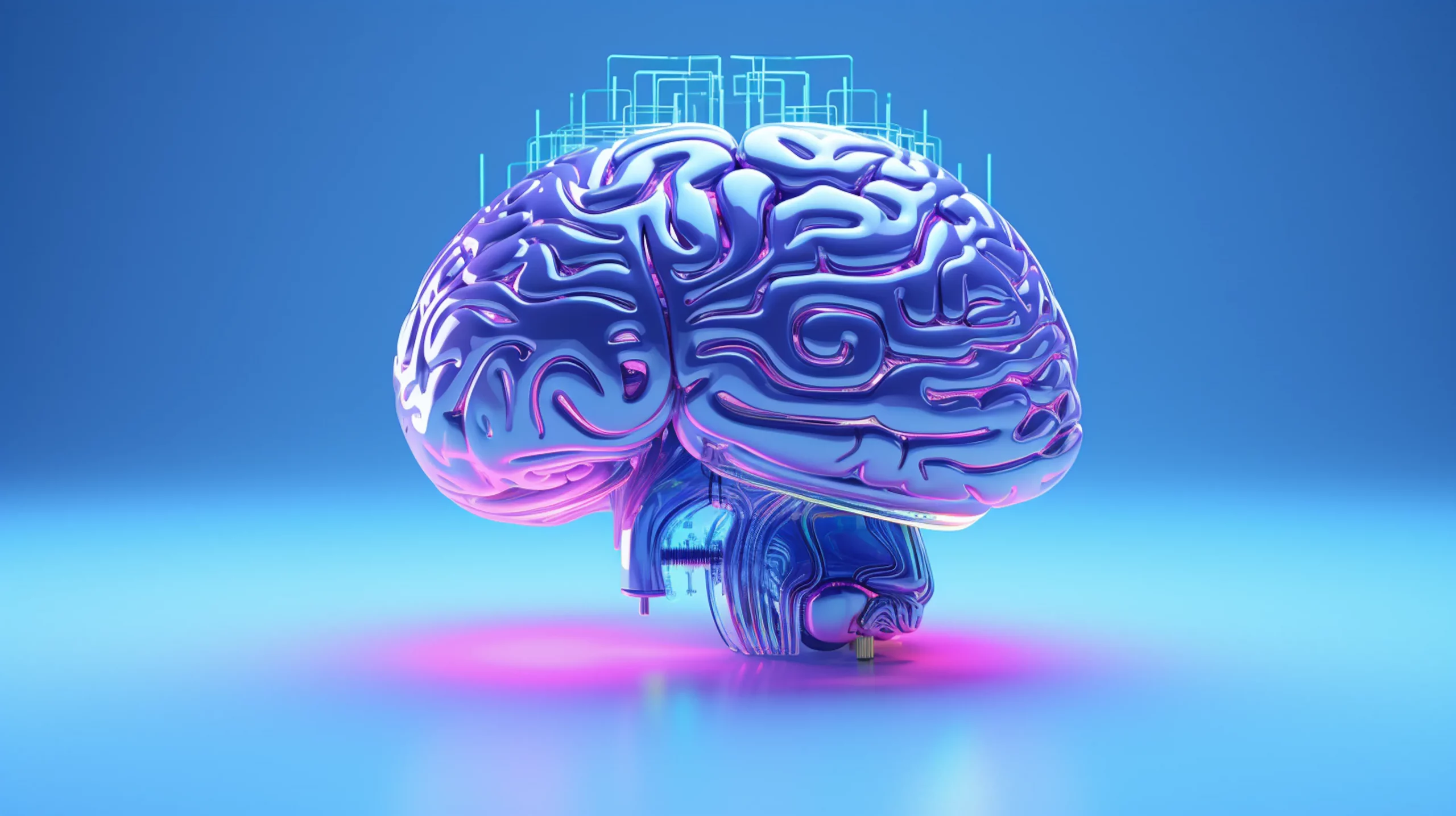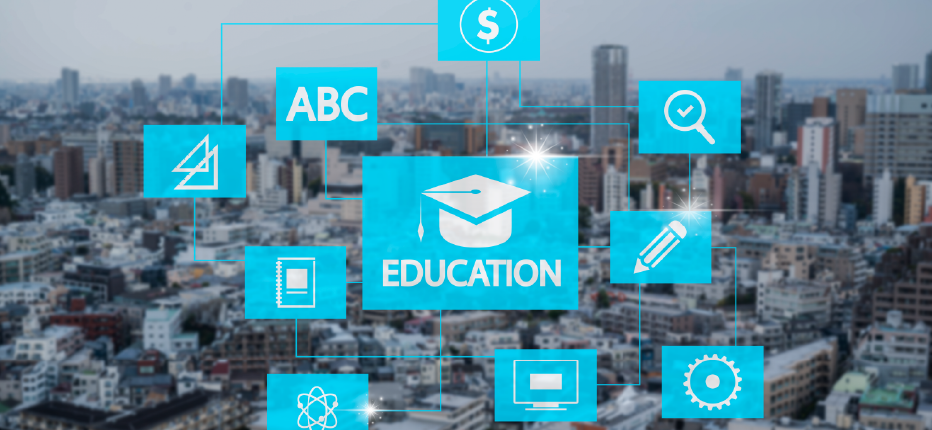Machine Learning, Deep Learning, and Artificial Intelligence (AI) are three terms that have gained significant attention in recent years. According to recent surveys, 76% of companies are prioritizing AI and ML over other IT initiatives, highlighting their significant impact on business strategies. However, these technologies are often interlinked, and it’s now always clear where the difference is.
In this article, we at WeSoftYou will demystify the basics of Machine Learning, Deep Learning, and AI, explore their applications in the real world, discuss their future potential, and help you make the right choice for your business needs.
Machine Learning VS Artificial Intelligence VS Deep Learning: Understanding the Basics
Before diving into the specifics of AI, ML, and DL, it’s important to grasp their foundational concepts. Each technology has distinct characteristics and applications, making it essential to understand their unique roles and how they interrelate.
What is Machine Learning?
Machine Learning is a subset of AI that focuses on enabling systems to learn and improve from experience without being explicitly programmed. It involves the use of algorithms to build models and make predictions or take actions based on patterns and trends in data. One of the key advantages of Machine Learning is its ability to automate complex decision-making processes.
At WeSoftYou, we have extensive experience in developing Machine Learning models that can analyze large datasets, detect patterns, and make accurate predictions. Our team of data scientists and engineers work tirelessly to ensure that our models are trained on diverse and representative datasets, allowing them to generalize well to new and unseen data.
What is Deep Learning?
Deep Learning is a subset of Machine Learning that imitates the human brain’s neural networks to process and understand complex patterns in data. It consists of multiple layers of interconnected artificial neurons, known as neural networks, that can automatically learn hierarchical representations of data.
Our team at WeSoftYou has expertise in developing Deep Learning models using frameworks like TensorFlow and PyTorch. These models have the ability to learn from vast amounts of data, allowing them to extract intricate features and make accurate predictions. Deep Learning has revolutionized fields such as image recognition, natural language processing, and autonomous vehicles.
What is Artificial Intelligence?
Artificial Intelligence refers to the simulation of human intelligence in machines, enabling them to perform tasks that would typically require human intelligence. It encompasses a wide range of techniques, including Machine Learning and Deep Learning, to enable computers to perceive, reason, and learn from experience.
As a software development company with a proven track record, WeSoftYou has developed AI solutions for various industries. Our team of AI experts works closely with clients to understand their specific needs and design tailored solutions that leverage the power of AI to drive business growth and innovation.
Machine Learning VS Deep Learning VS Artificial Intelligence: Key Differences and Similarities
To truly appreciate the nuances of AI, ML, and DL, it’s important to understand both their differences and their commonalities. While all three are interrelated, each has unique features and applications that set them apart.
Machine Learning and Deep Learning: How They Differ
The main difference between Machine Learning and Deep Learning lies in the level of complexity and representation of data. Machine Learning algorithms require curated features and manually engineered representations, whereas Deep Learning algorithms automatically learn hierarchical representations from raw data.
- Machine Learning: Relies on curated features, requiring domain expertise for data preparation (time-consuming). May struggle with complex, unstructured data.
- Deep Learning: Learns features automatically from raw data using neural networks. Handles complex data well but requires more computational resources and data for training.
Deep Learning and Artificial Intelligence: A Comparison
Deep Learning is a subset of Artificial Intelligence, as it is focused on enabling machines to learn from data. However, AI encompasses a broader scope, including other techniques like expert systems, natural language processing, and robotics.
- Deep Learning: A powerful AI approach using layered neural networks. It excels at automatically learning from unstructured data (images, text) for tasks like image recognition and language translation. However, it requires more resources compared to other AI techniques.
- Other AI Techniques: These can be rule-based (expert systems) or focus on specific areas like natural language processing (chatbots, translation). They might be better suited for certain tasks and require less computational power than Deep Learning.
Combining Deep Learning with other AI approaches (expert systems, natural language processing) creates powerful, intelligent systems.
Machine Learning and Artificial Intelligence: Contrasting the Two
While Machine Learning is a subset of AI, the main difference lies in their objectives. Machine Learning focuses on developing algorithms that enable machines to learn and make predictions from data, while AI aims to create intelligent systems that can perform tasks requiring human-like intelligence.
- Machine Learning: Focuses on learning patterns from data to make predictions (e.g., spam filter). Improves with more data and adjusts automatically. Lacks broader understanding and reasoning.
- Artificial Intelligence: Aims to mimic human intelligence for complex tasks. Often uses rules or expert knowledge. May include Machine Learning but goes beyond prediction.
Applications in the Real World
Artificial Intelligence, Machine Learning, and Deep Learning are not just theoretical concepts; they are actively transforming industries across the globe.
Practical Uses of Machine Learning
Machine Learning has found applications in various industries, revolutionizing the way businesses operate and make decisions:
- In finance: used for credit scoring, fraud detection, and algorithmic trading, allowing financial institutions to make more accurate predictions and mitigate risks.
- In healthcare: helps in diagnosing diseases, predicting patient outcomes, and drug discovery, leading to improved patient care and personalized treatment plans.
- In marketing: aids in personalized recommendations, customer segmentation, and sentiment analysis, enabling companies to deliver targeted marketing campaigns and enhance customer satisfaction.
Example of an application powered by Machine Learning
In the EVE by Tevel project, WeSoftYou utilized machine learning to enhance agricultural efficiency through autonomous fruit-picking drones. The project involved developing sophisticated algorithms to enable drones to identify and pick ripe fruits autonomously. This technology optimized the harvesting process, reducing labor costs and increasing yield efficiency. The drones could make real-time decisions, ensuring only the best fruits were harvested.
Deep Learning in Everyday Life
Deep Learning has become an integral part of our daily lives, often without us realizing it.
- Voice assistants: Enables natural language interaction with devices like Siri and Alexa.
- Image and speech recognition: Makes photo organization, searches, and communication on smartphones easier.
- Search engine optimization: Improves search result accuracy and relevance.
- Autonomous vehicles: Enables perception and interpretation of surroundings for safer and more efficient self-driving cars.
- Healthcare diagnostics: Analyzes medical images and patient data to aid doctors in diagnosis and treatment planning.
- Natural language processing: Allows machines to understand and generate human-like text for applications like virtual assistants and automated customer service.
Example of an application powered by Deep Learning
Tesla’s autonomous driving technology is a prime example of deep learning in real-world applications. By utilizing convolutional neural networks (CNNs), Tesla’s vehicles can process and interpret visual data from multiple cameras and sensors in real-time. This allows the cars to recognize and react to various driving conditions, objects, and scenarios on the road. Deep learning enables Tesla’s autopilot system to continuously learn and improve from vast amounts of driving data, enhancing safety and efficiency, and moving closer to fully autonomous driving.
How Artificial Intelligence is Changing the World
Artificial Intelligence (AI) is reshaping industries, opening up new opportunities, and transforming traditional processes:
- In manufacturing: AI ensures top-notch product quality through advanced quality control and minimizes disruptions with predictive maintenance.
- Retailers leverage AI to personalize the shopping experience and optimize inventory levels, providing tailored recommendations and efficient supply chains.
- Cybersecurity benefits tremendously from AI’s real-time threat detection and proactive defense mechanisms, enhancing security and safeguarding organizations.
Example of an application powered by AI
In the Vignetto project, WeSoftYou applied AI to revolutionize video content creation. The project involved developing a platform that uses advanced neural networks to generate high-quality videos from minimal user input. This technology allows users to create professional videos quickly and efficiently, significantly reducing production time and costs. It was trained on vast datasets to understand and replicate various video styles and content types.
Artificial Intelligence VS Machine Learning VS Deep Learning: Comparison Table
| Feature | Artificial Intelligence (AI) | Machine Learning (ML) | Deep Learning (DL) |
| Focus | Mimicking human intelligence | Learning from data | Learning complex features from raw data |
| Subfield | Broad umbrella term | Subfield of AI | Subfield of Machine Learning |
| Techniques | Various techniques, including ML & DL | Algorithms that learn from data | Artificial neural networks with multiple layers |
| Feature Engineering | Often requires pre-defined features | May require some feature engineering | Automatic feature learning |
| Data Reliance | Can vary depending on the task | Often requires large amounts of labeled data | Typically requires very large amounts of data |
| Examples | Self-driving cars (complex decision-making), chatbots (natural language processing) | Spam filters (pattern recognition), recommendation systems (predictive modeling) | Image recognition, natural language translation (complex data analysis) |
| Strengths | Broad applicability, diverse techniques | Efficient learning, good performance on specific tasks | Excellent for handling unstructured data, automatic feature learning |
| Limitations | May lack true general intelligence, requires human expertise | Reliant on data quality and quantity, limited interpretability | High computational cost, potential for overfitting |
The Future of These Technologies
As we look ahead, the potential of Artificial Intelligence, Machine Learning, and Deep Learning is immense and continually expanding. These technologies are set to drive innovation across various industries, transforming the way we live and work.
Predictions for Machine Learning
The evolution of Machine Learning is expected to lead to the development of more specialized models tailored to specific industries. This customization will enable businesses to address unique challenges and opportunities, ultimately driving innovation and competitive advantage. With the increasing adoption of Machine Learning across sectors such as finance, healthcare, and marketing, the technology is poised to reshape traditional business models and practices.
The Potential of Deep Learning
The integration of Deep Learning with other emerging technologies like Internet of Things (IoT) and edge computing will open up new possibilities for real-time decision-making and personalized user experiences. This convergence of technologies will pave the way for innovative applications in smart cities, predictive maintenance, and personalized healthcare, transforming industries and enhancing the quality of life for individuals around the globe.
The Future Scope of Artificial Intelligence
The future of Artificial Intelligence holds promise for the creation of AI-powered virtual assistants that can anticipate user needs, provide personalized recommendations, and enhance productivity. These virtual assistants will not only streamline daily tasks but also enable individuals to delegate decision-making processes, freeing up time for more strategic and creative pursuits.
Making the Right Choice
Choosing between Artificial Intelligence, Machine Learning, and Deep Learning depends on your specific needs and goals.
When to Use Machine Learning
Machine Learning is ideal in scenarios where you have structured data and well-defined problem statements. It is suitable for tasks like predicting customer churn, fraud detection, and sales forecasting. Machine Learning models can help businesses gain valuable insights from data and make data-driven decisions.
Situations Best Suited for Deep Learning
Deep Learning shines in tackling complex problems with unstructured data. It excels in tasks like image classification, natural language processing, and speech recognition. Deep Learning models can learn intricate patterns and representations, making it the go-to choice for tasks that require a high level of accuracy and intelligence.
When to Choose Artificial Intelligence
Artificial Intelligence is ideal for projects that require broad problem-solving capabilities, such as automating complex tasks, making data-driven decisions, and enhancing user interactions. Choose AI when you need to build systems that can mimic human intelligence, adapt to new information, and perform tasks ranging from simple automation to sophisticated analysis. AI is particularly beneficial in applications like natural language processing, predictive analytics, and intelligent robotics, where a high level of cognitive function is required to achieve optimal results.
Deep Learning VS Machine Learning VS Artificial Intelligence: Key Takeaways
Machine Learning, Deep Learning, and Artificial Intelligence are transforming industries and pushing the boundaries of what machines can accomplish. We at WeSoftYou, with our expertise in software development, can help you harness the power of these technologies and tailor solutions to meet your specific business needs.
Ready to leverage the transformative power of Machine Learning, Deep Learning, and Artificial Intelligence in your next project? At WeSoftYou, we don’t just follow trends—we set them. Our commitment to excellence, from crafting Minimum Viable Products to sophisticated web and mobile development, is backed by our adherence to 36 Standards of Quality and our team of elite professionals. Experience the assurance of a 100% match in project estimates and join the ranks of satisfied clients who have seen their visions brought to life. Don’t let your business fall behind in the digital revolution.
Contact us to get a quote and embark on a journey to success with a partner you can trust.
FAQs
AI, ML, and DL systems are not truly intelligent like humans. They mimic aspects of human intelligence by processing vast amounts of data to recognize patterns, make decisions, and perform specific tasks. However, these systems lack consciousness, self-awareness, and the ability to understand context and emotions as humans do. They operate based on algorithms and learned data rather than genuine understanding or intuition, making them powerful tools but not genuinely intelligent in the human sense.
Yes, AI, ML, and DL models typically require a large amount of data to function effectively. The quality and quantity of data directly influence the accuracy and performance of these models. Machine Learning and Deep Learning models, in particular, rely on extensive datasets to learn patterns and make predictions. More data helps the models to generalize better and improve their decision-making capabilities. However, the amount of data needed can vary based on the complexity of the task and the specific algorithms used.
The ethical considerations surrounding AI, ML, and DL technologies are multifaceted. Key concerns include privacy, as these technologies often require vast amounts of personal data; bias, as they can perpetuate and amplify existing societal biases present in their training data; and accountability, determining who is responsible for the decisions made by autonomous systems. Additionally, the potential for job displacement and the need for transparency in how these technologies operate and make decisions are crucial ethical issues that must be addressed.





















